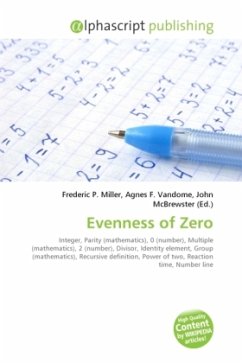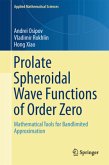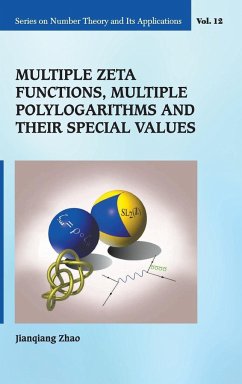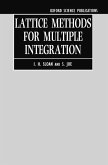The number 0 is even. There are several ways to determine whether an integer is even or odd, all of which indicate that 0 is an even number: it is a multiple of 2, it is evenly divisible by 2, it is surrounded on both sides by odd integers, and it is the sum of an integer with itself. These proofs follow immediately from the definition of the term "even number", which does not allow in zero arbitrarily; it can be further motivated by the familiar rules for sums and products of even numbers. Within the even numbers, zero plays a central role: it is the identity element of the group of even integers, and it is the starting case from which all other even natural numbers are recursively generated. Every integer divides 0, including each power of 2; in this sense, 0 is the most even number of all. On the other hand, psychologically speaking 0 is often the least even number of all. In reaction time experiments, most subjects are slower to identify 0 as even than other even numbers. Both students and teachers in primary education are prone to a common misconception that the parity of zero is ambiguous, or simply that zero is odd.







